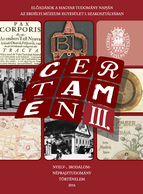
Rövidítésjegyzék és mutatók
The file contains the abreviations used both in the article and in the indexes and the indexes of the names, of the geographical places and of the institutions that are to be found in the articles.
More...We kindly inform you that, as long as the subject affiliation of our 300.000+ articles is in progress, you might get unsufficient or no results on your third level or second level search. In this case, please broaden your search criteria.

The file contains the abreviations used both in the article and in the indexes and the indexes of the names, of the geographical places and of the institutions that are to be found in the articles.
More...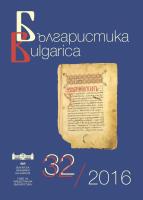
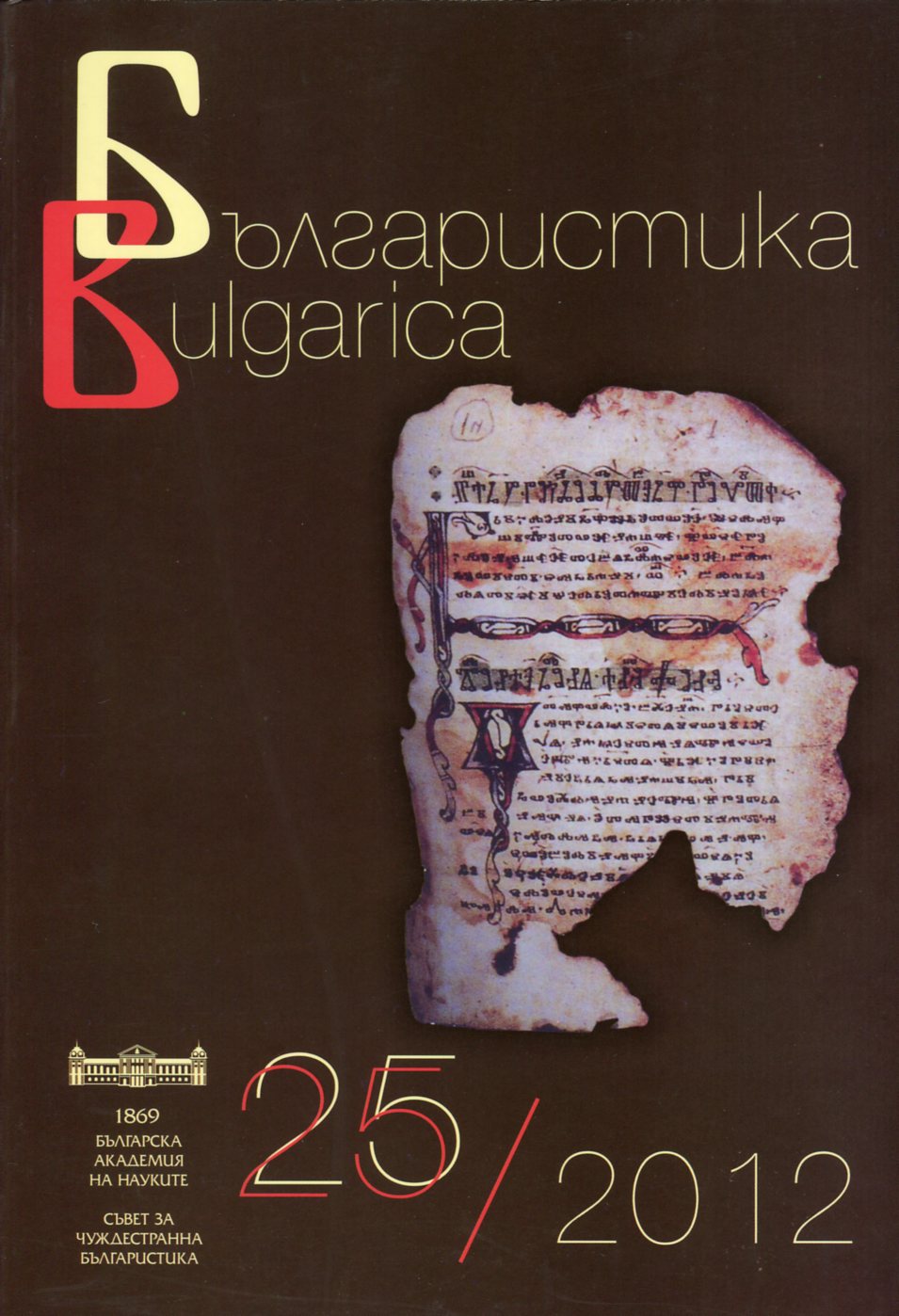
Selected bibliography in the field of Bulgarian Studies published in the current year
More...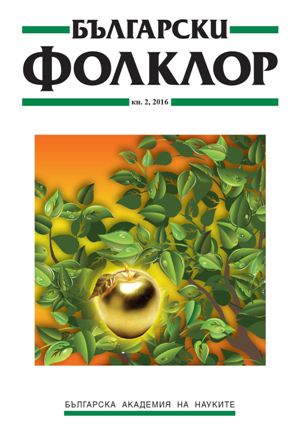
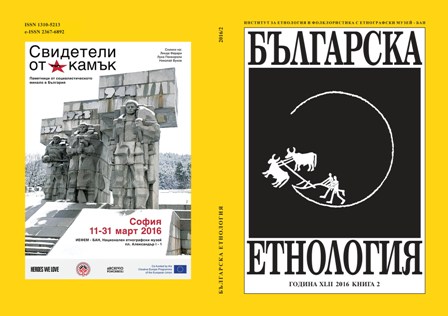
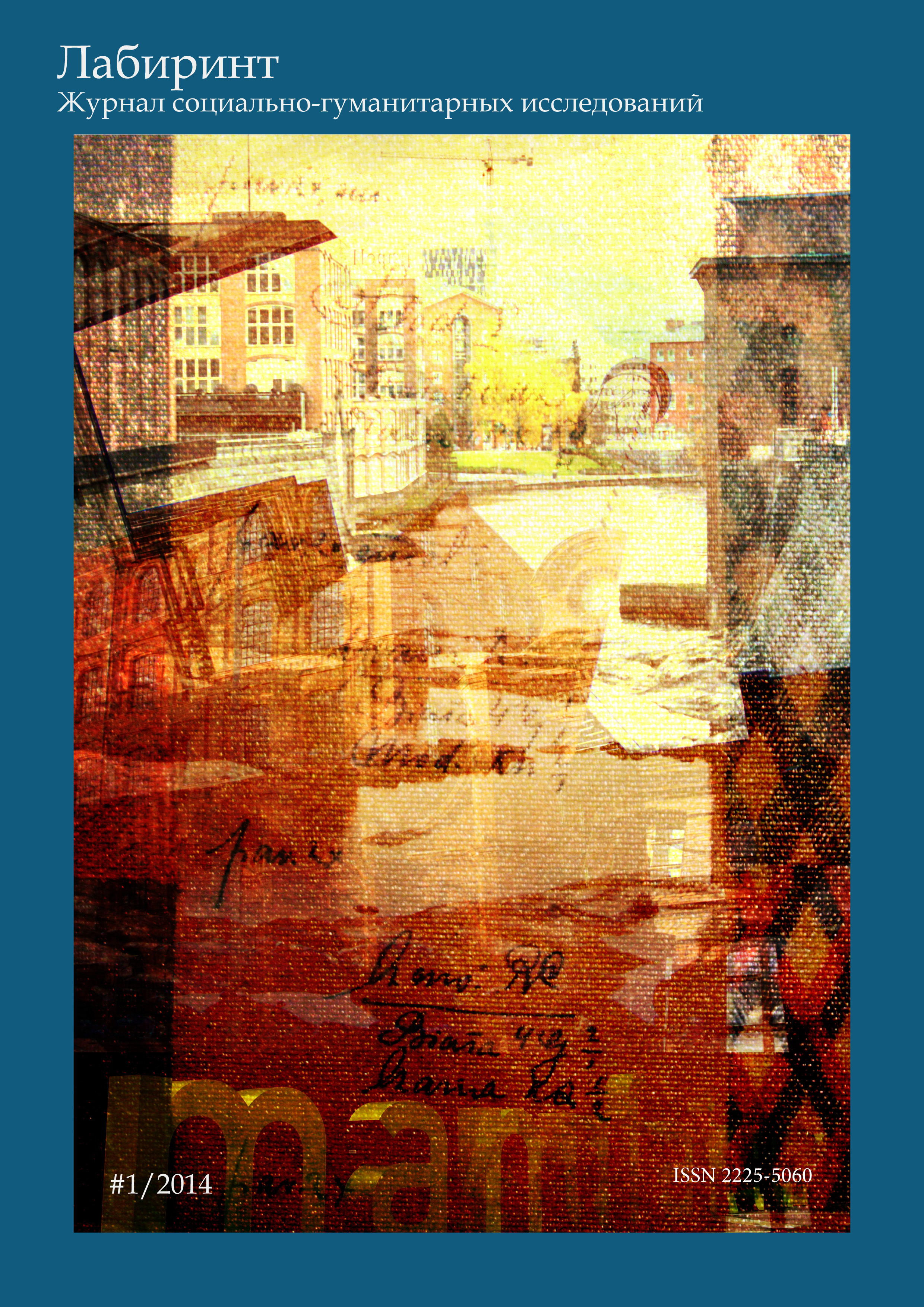
The article is devoted to the features of Ivanovo- Voznesensk industrial development at the turn of the 20th century. It was one of the biggest industrial centers in pre revolutionary Russia. The problem and potential analysis of the local textile industry is made. Also it was studied in the connection with Ivanovo- Voznesensk professional schools activities research. Ivanovo-Voznesensk had more professional schools than contiguous cities.
More...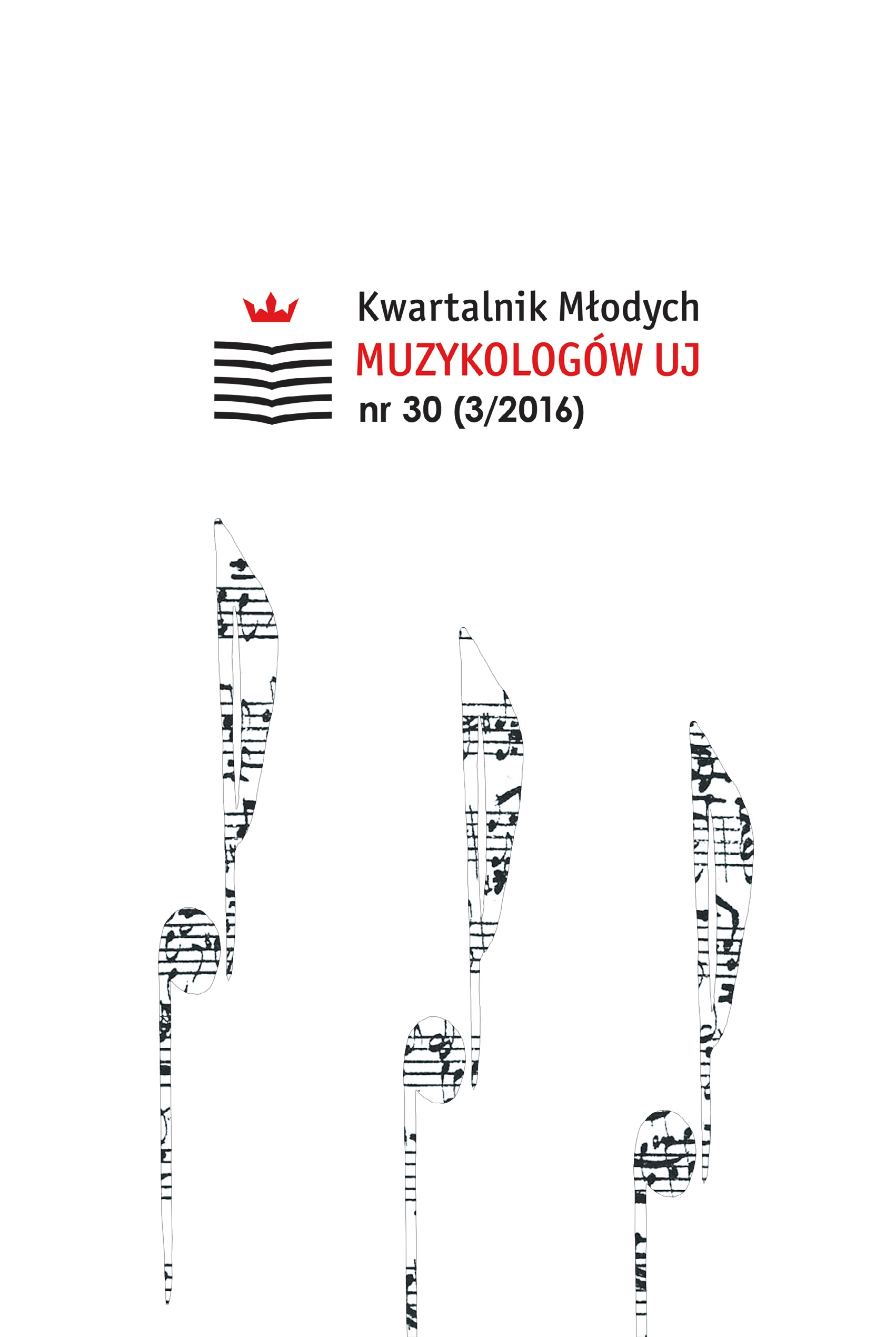
The culture of Georgian chant is variable and particular schools are different from each other. The vital schools are Gelati, Shemoqmedi (West Georgian chant traditions) and Karbelashvilebi (East Georgian chant traditions). The paper presents musical analysis of West Georgian chant traditions, using Gelati school as an example. Scores are taken from Georgian musical manuscripts from the 19th century, which are saved in National Centre of Manuscripts and were written by St. Pilimon the Chanter (Koridze) and St. Ekvtime the Confessor (Kereselidze). The article’s aim is to show how some of the Great Feasts in Georgia were celebrated. The first part contains the examination of some individual aspects of Georgian liturgical practice. The second part synthetises what is important in the process of researching Georgian chant. The analysis shows individuality of the chant material. Diversity and abundance of existing materials gives the opportunity to conduct further research on the topic.
More...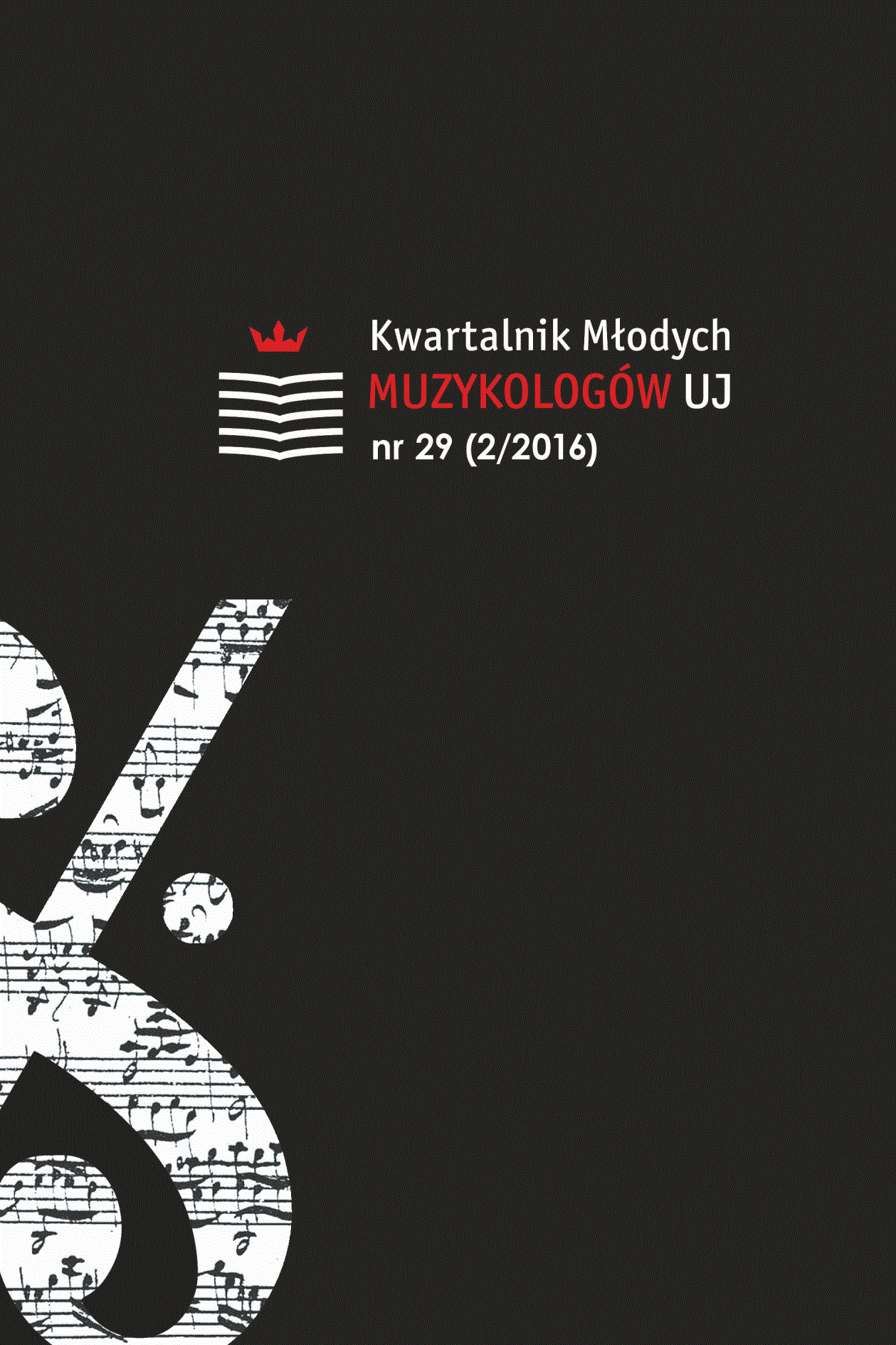
The aim of an article is to show a strategy of creating brand by Metropolitan Opera according to the theory of global culture industry by Scott Lash and Ceila Lury. The main process which plays a significant role in this strategy is a medialisation of the opera, which provides constant update of this genre and helps it to adapt its form for a contemporary consumer. This strategy changes the relation between product and its recipient on several levels and makes an opera a new, fresh and modern music genre, as well as a theatrical and cinematic experience. Expansive Met brand transforms the operatic industry and introduces numerous innovations as Live in HD, iPod applications, Met on Demand, a brand of a singer etc. There’s also a significant aura around this brand, which imposes a form of thinking and causes certain expectations in relation to the consumer goods made by Met. According to the Roland Barthes’ theory of modern myth, the perception of this brand depends also on its history, memory and tradition, as well as being created by the identity itself. Thanks to the innovations and the nature of the event, an access to the opera nowadays is much easier and becomes a sign of a modern era.
More...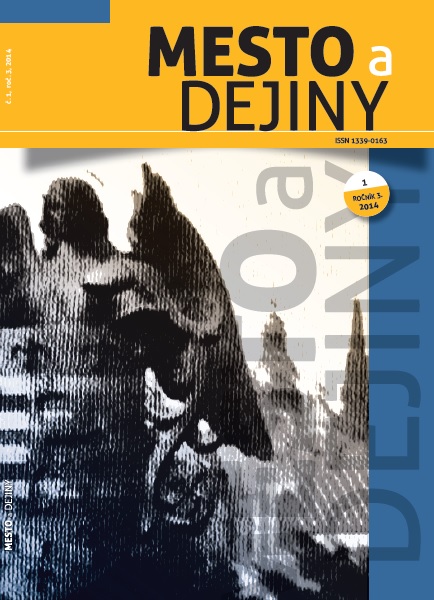
According to the charter issued by Andrew, Bishop of Eger, the Košice burghers were exempted from jurisdiction of Archdeacon of Abaujvár in 1290. Circumstances connected to its origin and then comparison with other charters containing similar privilege seem to be essential factors leading to better understanding of the source. Hereby a very detailed analysis of the text might say more to explain its meaning. Therefore, the cognoscible context of exemptions with the examination of circumstances leading to the issuance of the charter in 1290, along with consideration of the words written in the text, encourage the opinion that the burghers of Košice had been exempted from jurisdiction of Abaujvár´s Archdeacon even before. The Bishop´s charter seems to be only a confirmation of the right allowed earlier, which was a common phenomenon in the towns (or in the communities of guests) of the Hungarian Kingdom.
More...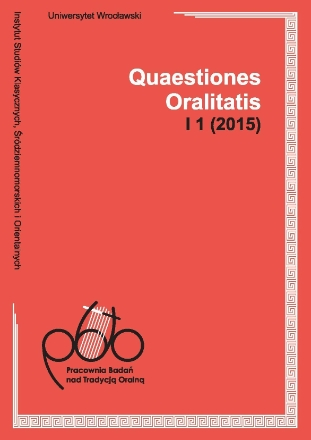
The Gospel of John is chronologically the last canonical book of the Bible and the years 98-100 AD are currently considered to be the time of its final editing in a written form. Many speeches and dialogues – although presented within the context of deep theological thought – do not lose their original oral character. This paper consists of an outline of this orality on various levels: from the general point of view, its appearance in the Bible, in the New Testament and in the Gospel of John, to the final detailed description of the selected examples. An important point which belongs to the field of orality research is the possibility of distinguishing the contributions of various groups and stages of formation of the Gospel on the basis of its orality. The elements of three such traditions – Jewish, Samaritan and Hellenistic – are further elaborated in this paper.
More...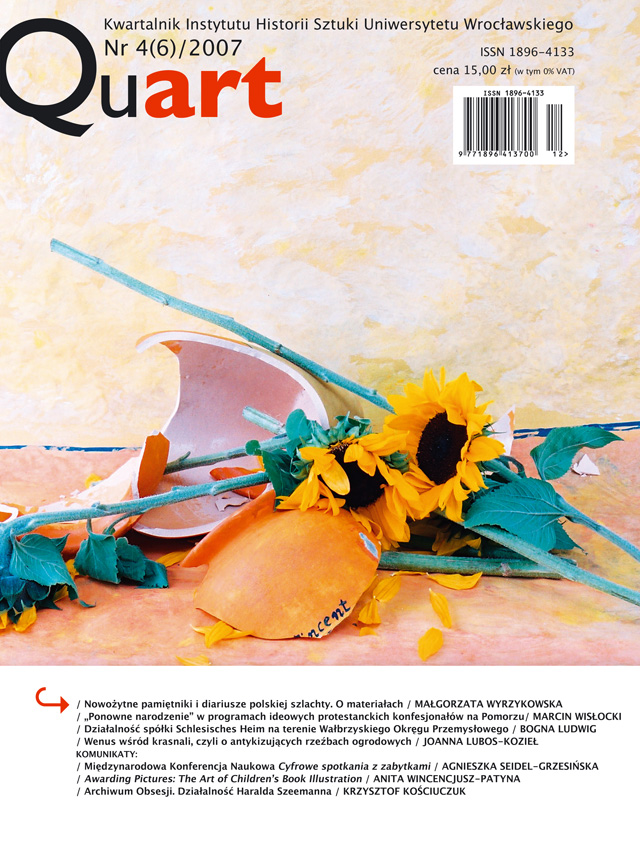

This paper analyzes the ethos in two distinct speeches by the renowned orator Nicolae Iorga. The first speech, titled “Discurs la proiectul de lege pentru completarea unor dispoziții la legea învățământului universitar” and the second, “Despre conflictul cu prof. univ. C.C. Giurescu”, serve as the corpus for this study. The research aims to observe how ethos is constructed in these discourses and how Iorga capitalizes on his multiple identities to persuade his audience. By applying theoretical concepts related to ethos, the study compares the ways in which authority is built in both texts, highlighting their similarities and differences. Through a pragmatic and comparative approach, the study demonstrates how Iorga employs rhetorical and linguistic strategies to shape his self-image as an authoritative figure. The analysis reveals that his ethos construction varies depending on the nature of the discourse—legislative versus polemical—and the argumentative stakes of each speech. In both cases, Iorga’s ability to influence his audience is rooted in his intellectual prestige, political status, and strategic use of identity positioning.
More...
The culture of the Banat minorities is strongly reflected in the radio shows dedicated to them by promoting the traditions, language and values specific to each community. Radio Timișoara and Radio Reșița broadcast programs in German, Hungarian, Serbian, Slovak, Czech, Bulgarian, Ukrainian and Romanian, offering listeners cultural information, news, interviews with community representatives, traditional music and accounts of important ethnic events. These programs contribute to preserving the cultural identity of minorities and strengthening intercultural dialogue in Banat, a region with rich ethnic and historical diversity.
More...
The precedential authority, be it vertical or horizontal, must be respected as a norm to guarantee stability, fairness, and predictability of the law and the way it is perceived by the general public. Rupert Cross explains the precedent in terms of binding: “a court is bound to follow any case decided by a court above it and appellate courts (other than the House of Lords) are bound by their previous decisions”2. This very definition and its consequential approach was cited in the case of Willers v Gubay, the precedent being acknowledged as “fundamental” to maintaining “coherence, clarity and predictability”3 meant to avoid anarchy. Duxbury describes the procedure of following the precedent as establishing “an analogy between one instance and another”4 because decision-making seems to be a kind of analogical reasoning. At the same time, the act of following the precedent is perceived as a retrospective-looking gesture which can develop a “consequential”, rather “historical dimension”.
More...
Romanian-Croatian relations during 1941 were subjected to major pressures due to the permanent changes imposed by the war. The start of bilateral relations between the two states, Romanian and Croatian, had to overcome strong difficulties, but these were overcome through the care of the Romanian Legation in Croatia, which was established in May 1941. Although the Romanian diplomatic office constituted the first point of contact between the two capitals, the legation in Zagreb suffered numerous shortcomings, the cause of which was the absence of a strong interest in the Croatian state on the part of Romania and the modest or much delayed sums of money, which were directed from Bucharest for the functioning of the Romanian diplomatic mission opened in Zagreb.
More...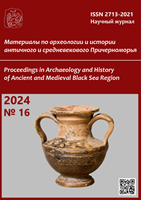
The purpose of the paper is to introduce the numismatic record from Aspara city-site (Kazakhstan) into scholarly discussion. The coins were collected during archaeological research in 2021—2023. For the first time since 1964, 43 coins were discovered, including 33 attributable finds. With the aim to assess the relative level of commodity-money relations in medieval Aspara, comparative analysis of numismatic record from the medieval city of Nuzket (Shish-tube city-site in Kyrgyzstan) was carried out. The attributable coins from Aspara belong to the following states: the Türgesh Qaghanate, the Tang dynasty, the Samanids dynasty, the Eastern Qarakhanid Qaghanate, the Qara Khitai, the Northern Song dynasty, the Chaghataid Khanate, the state of Amir Timur, and the Khoqand Khanate. The Khoqand coin was lost in Aspara when the city no longer existed. The authors have established the fundamental possibility of the beginning of the activation of commodity-money relations in Aspara in the 8th century. It was recorded that the coin circulation has been interrupted there at least three times: first in the 9th century, then from the late 10th to the mid-11th century, and finally from the second decade of the 13th to the early 14th century. Commodity-money relations ceased in the early 15th century (apparently, after the death of Amir Timur). There is a need for further study of this archaeological site.
More...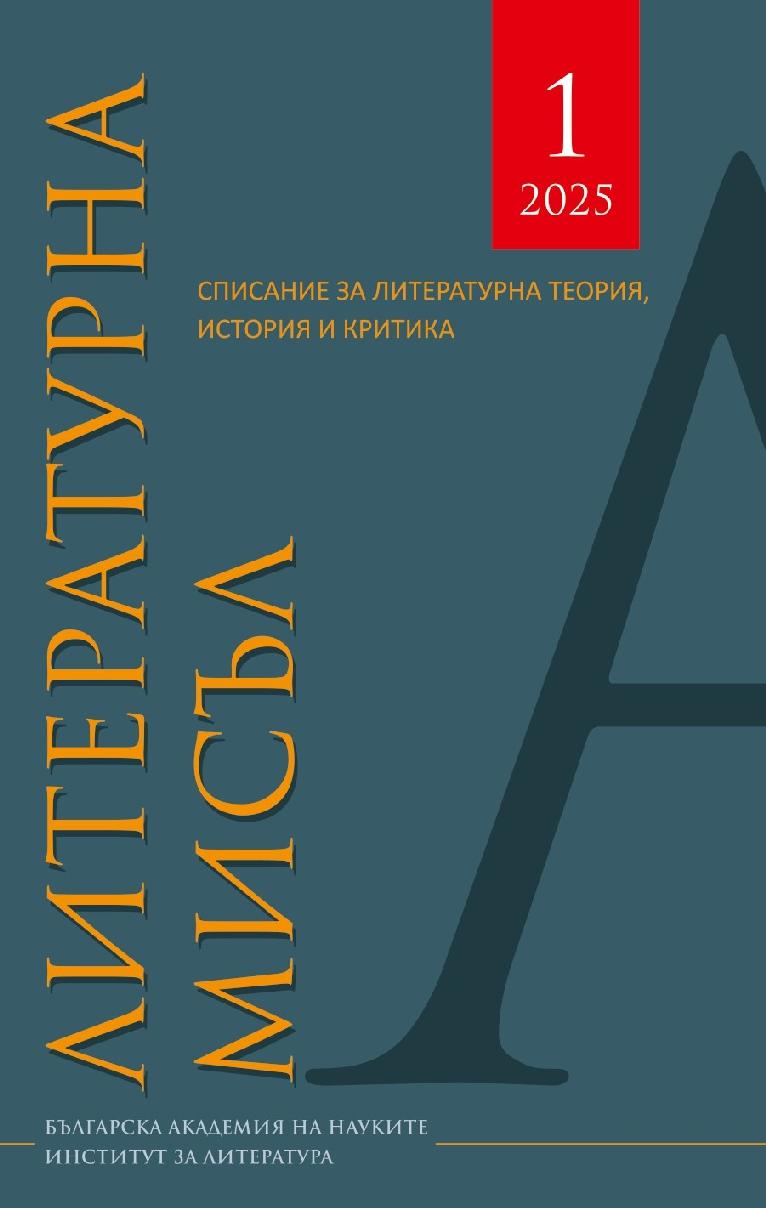
This study examines the shift in the prosecutorial strategy of Ernest Pinard in the cases against Gustave Flaubert (“Madame Bovary”) and Charles Baudelaire (“Les Fleurs du mal”), offering an interpretation that explores the ways in which legal professionals read literary works. Using examples such as the poet-detective Gabriel Syme, a character in G. K. Chesterton’s “The Man Who Was Thursday”, and the investigating monk William, a character in Umberto Eco’s “The Name of the Rose”, the article investigates potential connections between poetry and law. These connections create legal spaces where both laughter and music become possible. Particular attention is given to the relationship between text and music within the framework of court proceedings (the so-called “courtroom acoustics”) as well as in the formation of judicial practice (understood as a harmonious performance).
More...
“Shipwreck with a Witness: Music and Fascism in Thomas Bernhard’s “The Loser”” is an attempt to think the multifaceted relations between music as an art and practice, and fascism as a desire as well as a political, existential, aesthetic, etc. condition and phantasm. These relations are explored through a close reading of Thomas Bernhard’s novel “The Loser” which is a fictional account of a doomed friendship between Bernhard‘s unnamed narrator, a fictionalised version of Glenn Gould, the infamous piano virtuoso, and Wertheimer – a caricature of the equally infamous philosopher Ludwig Wittgenstein. It is through them that Bernhard addresses the problems of madness, desire for eternity and totality, the hatred of diversity and the Other, etc. By unpacking the dense logic and meaning of the above through ideas by Deleuze, Brassier, André Michels, etc., the text addresses the crucial figure of witnessing a transcendental trauma (fascism) qua event. Finally, the article engages with the theoretical and practical (ethical) importance of examining not just the relation between fascism and music but also the problem of the return of fascism within contemporary culture.
More...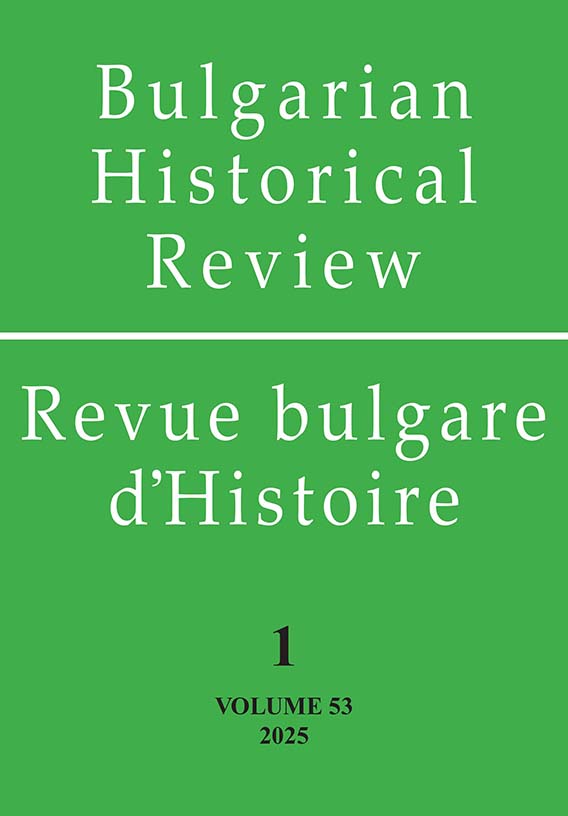
The establishment of educational institutions in the Autonomous Socialist Province of Kosovo has had a complex trajectory. Immediately after the Second World War, Kosovo received the status of a special district (Oblast) within the framework of the Republic of Serbia. In accordance with this status, primary education in the Albanian language was allowed there. During the 1950s, secondary schools also began to open. The participation of Albanians as the majority community in the province in educational institutions was still very low. The rate of illiteracy among Albanians remained high. Such a situation began to change from the end of the 60s, after the Plenum of Briones (1966) when the interior minister of Yugoslavia, Aleksander Ranković, was eliminated from the top leadership of the country. This event marked the beginning of a more liberal era in the federal leadership in relation to the Provinces of Kosovo and Vojvodina. From 1967 to 1974 began a period of debates for the amendment of the Constitution of Yugoslavia. The new Constitution of Yugoslavia of 1974, among other things, improved the legal position of the provinces, making them representative and constitutive elements of the federation. The new advanced constitutional position paved the way for very dynamic developments in the field of education and culture, as well as in the field of social and economic development. The aim of this paper is to address and analyze the wave of these changes in the field of education and culture in the Albanian language in Kosovo, which can be said to be a delayed renaissance for the Albanians of Kosovo. The topic is developed according to the official documents of Kosovo and is based on historiography, mainly from Kosovo and Albania. Yugoslav and Western authors who dealt with this topic were also consulted.
More...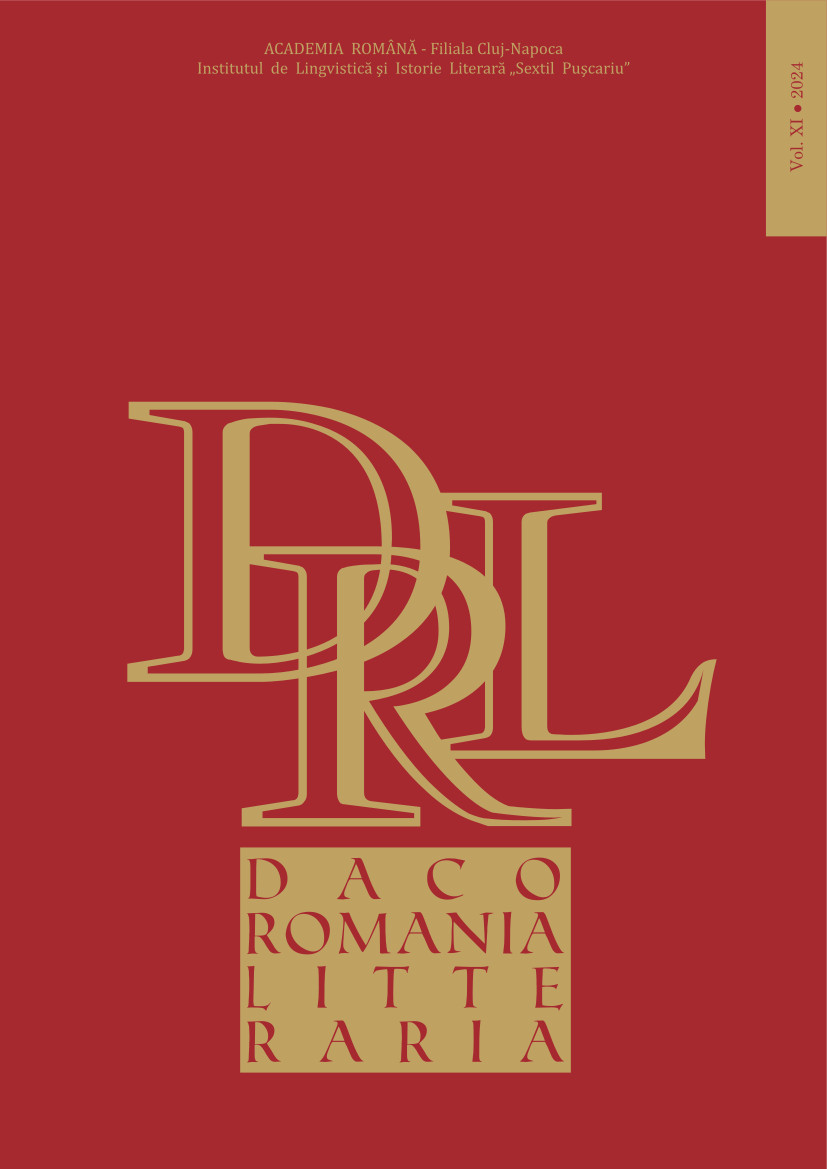
Mihail Sadoveanu (1880–1961) and Sextil Pușcariu (1877–1948) are two major figures in the Romanian culture and society of the 20th century. Not only where they both prolific authors, with fundamental contributions to Romanian culture, but they also held, for decades, multiple key-positions in Romania’s cultural (and sometimes political) institutions. The correspondence published here, 9 documents (letters or postcards, dating from 1904–1933), written by Sadoveanu and addressed to Sextil Pușcariu, provides a valuable perspective on the Romanian society of the early 20th century in terms of editorial practices (for both periodical publications as well as book publishers), education in rural communities, or Romanian culture in general. The documents are part of the Sextil Pușcariu correspondence archive, available at the “Sextil Pușcariu” Institute of Linguistics and Literary History, Romanian Academy, Cluj-Napoca branch. Apart from their philological or literary value, the documents may be of great interest to historians or sociologists interested in early-modern Romania, as Sadoveanu’s comments are often focused on important figures or events from that time – for example, in one of his letters, Sadoveanu extensively discusses about Nicolae Iorga (one of the most important Romanian historians from that time), more specifically about his departure from the famous Sămănătorul magazine and about his editorial practices as director of the magazine.
More...